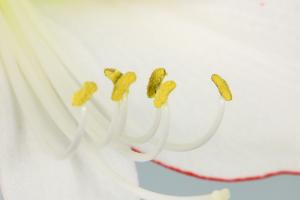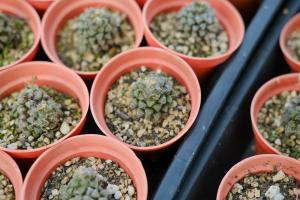A Model of a Plant Cell
A plant cell is a complex structure, composed of numerous organelles, each with a specific function and role in the life processes of the cell. The model of a plant cell is an essential tool for understanding the structure and function of these organelles and their relationship to the overall life processes of the cell.
The Cell Wall and Cell Membrane
The cell wall is a rigid, protective layer that surrounds the cell membrane, and is composed primarily of cellulose. This layer provides the cell with structural support and protection, and also serves as a barrier, preventing the entry of harmful substances into the cell. The cell membrane, on the other hand, is a thin layer of lipid molecules surrounding the cell, which regulates the passage of materials in and out of the cell.
The Chloroplasts
Chloroplasts are organelles responsible for the process of photosynthesis, which is the conversion of light energy into chemical energy. These organelles are green in color due to the presence of chlorophyll, a pigment that absorbs light energy. The chloroplasts contain thylakoid membranes, which are responsible for the capture of light energy and the conversion of this energy into chemical energy in the form of ATP.
The Mitochondria
Mitochondria are organelles responsible for the production of energy through the process of cellular respiration. These organelles contain a series of enzymes and molecules that work together to convert nutrients into ATP, which is the primary source of energy for the cell. The mitochondria also play a role in the regulation of cellular metabolism and the production of reactive oxygen species, which play a role in cellular signaling and immune defense.
The Endoplasmic Reticulum and Golgi Apparatus
The endoplasmic reticulum (ER) is responsible for the transport of materials within the cell, as well as the synthesis and modification of proteins and lipids. The ER is composed of two regions, the smooth ER and the rough ER, each with specific functions. The Golgi apparatus is responsible for the packaging and processing of proteins and lipids synthesized by the ER for transport to their final destination within or outside the cell.
The Vacuoles
Vacuoles are organelles responsible for the storage and transport of materials within the cell. These organelles are extremely versatile, playing a role in the regulation of cellular processes such as pH, osmotic pressure, and the storage of nutrients and waste products.
The Nucleus
The nucleus is the control center of the cell, responsible for the regulation of gene expression and the orchestration of cellular processes such as cell division and differentiation. The nucleus contains the cell's genetic material, in the form of DNA, which is organized into chromosomes. The nucleus also contains the nucleolus, which is responsible for the production of ribosomes.
Conclusion
Understanding the structure and function of the various organelles within plant cells is essential for understanding the overall life processes of plants, as well as for developing new technologies that can be used to increase plant yield, improve plant health, and enhance the quality of plant products. By studying the model of a plant cell, scientists can gain valuable insights into the complex processes that take place within these organelles, and use this knowledge to develop new techniques and technologies that can improve plant performance and benefit society.

 how many times do yo...
how many times do yo... how many planted tre...
how many planted tre... how many pine trees ...
how many pine trees ... how many pecan trees...
how many pecan trees... how many plants comp...
how many plants comp... how many plants can ...
how many plants can ... how many plants and ...
how many plants and ... how many pepper plan...
how many pepper plan...































